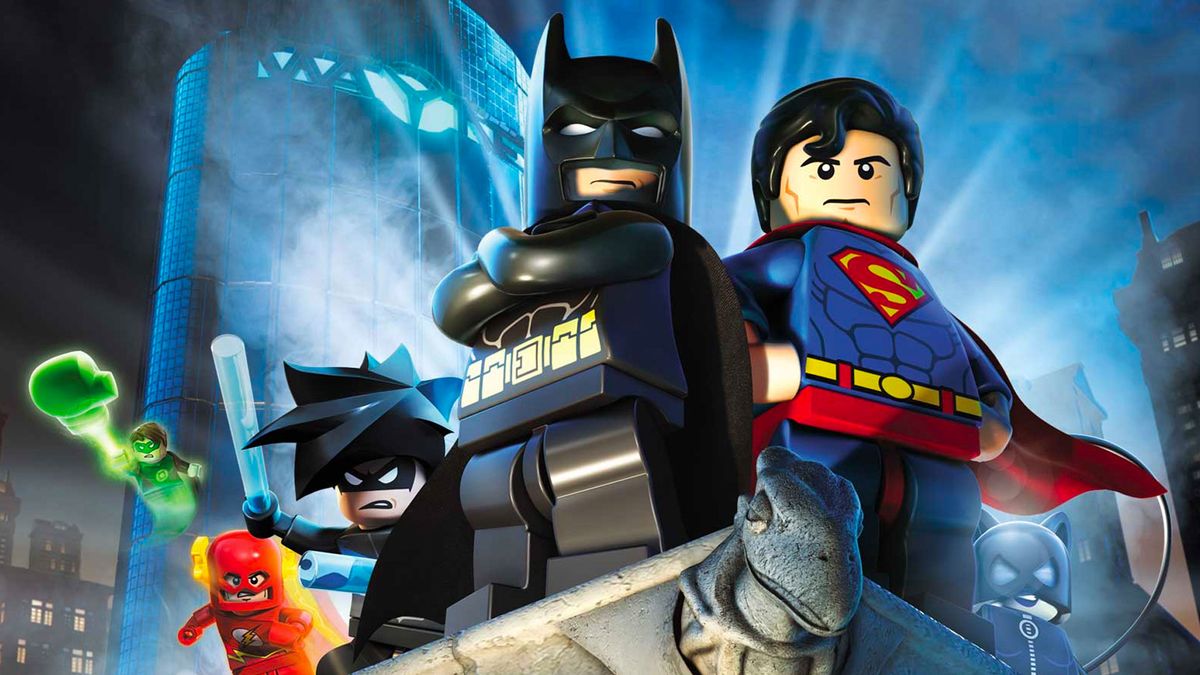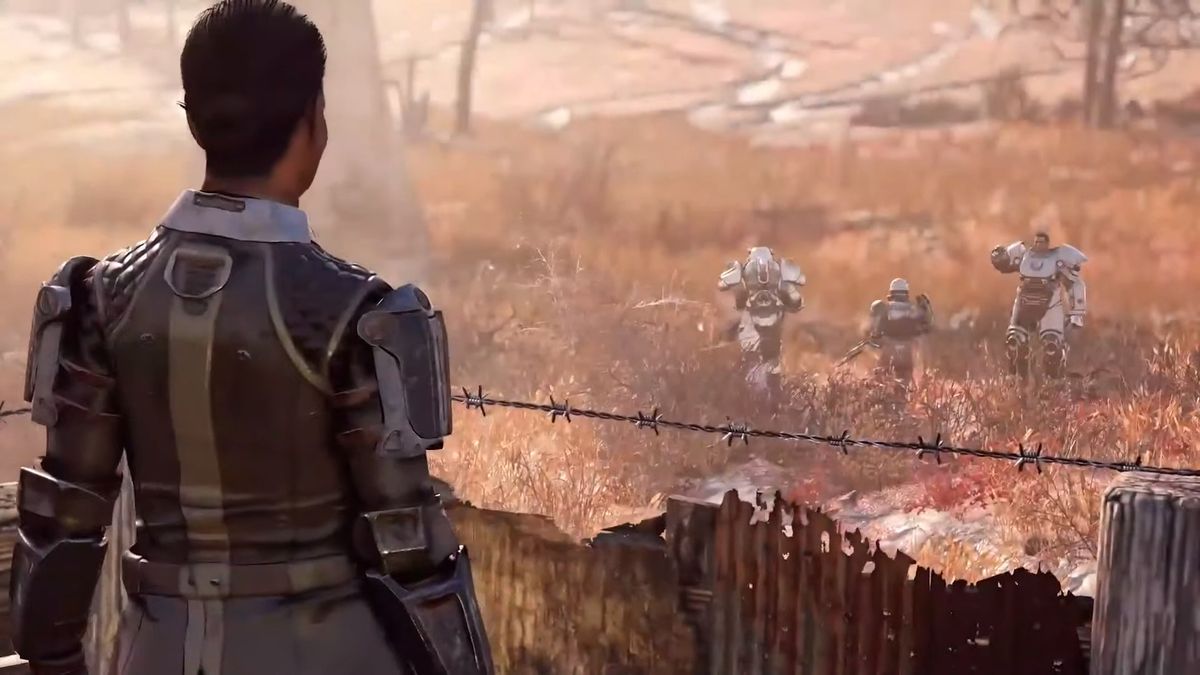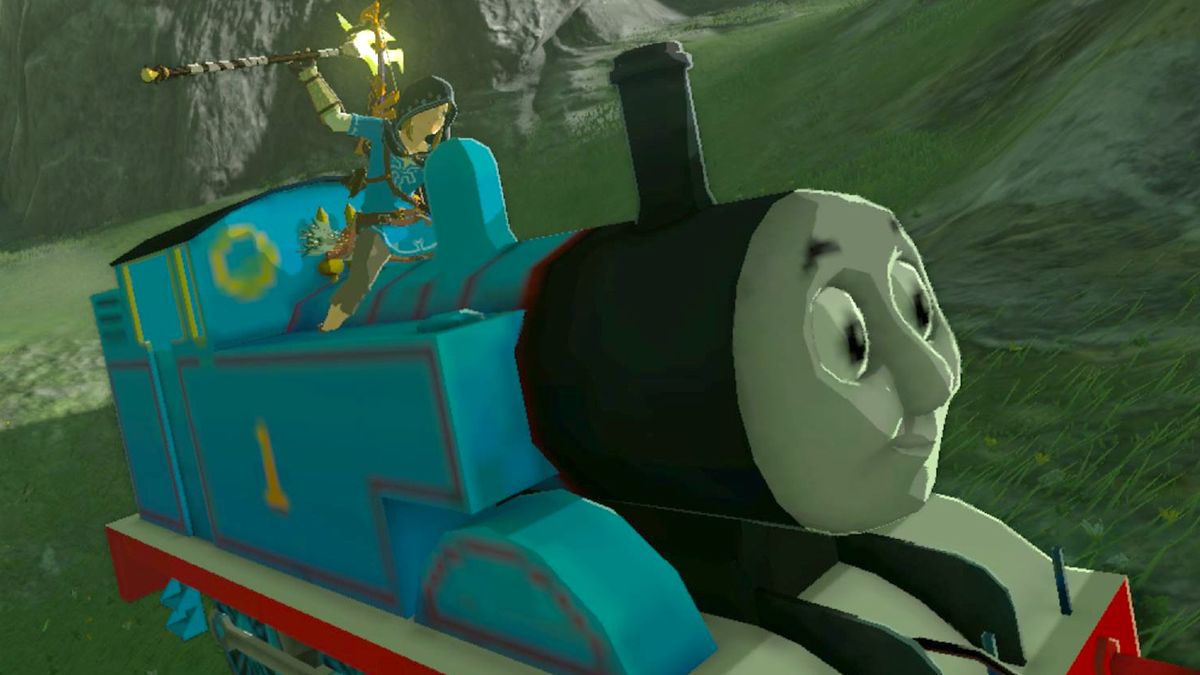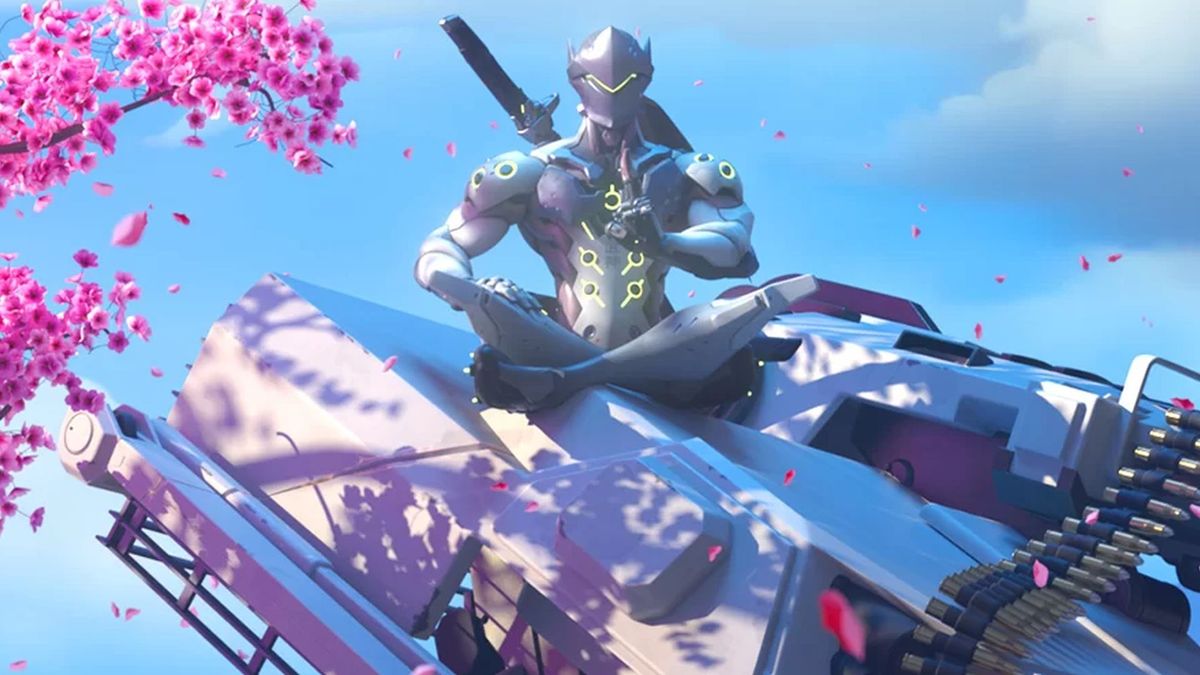
Like a lot of movie fans, we’re pretty darn obsessed with movie locations. The planet is packed with fascinating places people have pointed cinema cameras at. So, we’ve decided to launch a new feature strand, in which we visit some of the most exciting film locations around the world, and do our best to recreate some of the movies made there. Welcome to Around The World In 80 Films. After surviving Iceland for The Secret Life Of Walter Mitty , we headed off to mainland Europe for The Grand Budapest Hotel…
This year, Wes Anderson released his most successful film to date in the exquisite shape of The Grand Budapest Hotel , a beautifully-coiffed murder mystery following the exploits of concierge M Gustave (Ralph Fiennes) and his newly-appointed bell boy Zero (Tony Revolori). With the film heading onto DVD and Blu-ray on 7 July, T otal Film caught a flight to Europe to experience the Grand Budapest Hotel first-hand.
You’ve probably spotted the problem: The Grand Budapest Hotel doesn’t actually exist. A creation of Anderson’s fertile imagination, that gorgeous powder-pink edifice is actually a layer-cake assortment of locations all found in the tiny German city of Görlitz – it’s the first stop on TF ‘s ‘ Grand Budapest Hotel Experience’ tour, which will consist of two days of baking, pampering, concierge training and meeting bell boy Zero himself.

Never heard of Görlitz? Don’t worry, you’re not alone – most Germans haven’t either. Nestled at the border between Germany and Poland (the Polish town of Zgorzelec peeks over from the other side of the Lusatian Neisse River), it’s the country’s forgotten gem and exactly the sort of place you’d expect all kinds of real-life Wes Anderson adventures to play out. As we wander the cobbled streets, admiring the eye-candy architecture and basking in the 23°c sunshine, we’re mesmerised by the city’s fairytale glow.
Less easy to imagine is that a Hollywood production descended on such an unassuming corner of Europe, let alone a typically untethered Bill Murray embarking through its streets on sausage-shop escapades during breaks from shooting. That’s exactly what happened, though, during the five months that The Grand Budapest Hotel shot in Görlitz.
“There’s no modern stuff here, so it’s very easy to shoot in Görlitz. You can’t tell what year it is; it could be 100 years ago,” says Klaus Darrelmann, the film’s location manager, during our walking tour of the city. A friendly Berliner, Klaus has worked on loads of the Hollywood flicks that have taken advantage of Germany’s gorgeous backdrops, including Inglourious Basterds , Mission: Impossible III and The Bourne Ultimatum .
First on our itinerary is a trip to T GBH ‘s grandest and most recognisable location – the Kaufhaus Görlitz. It’s an enormous department store that doubled as the Grand Budapest Hotel’s opulent lobby.
Resembling more of a museum from the outside, TF can’t help feeling awestruck by the Kaufhaus, which is basically one big block of solid stone. “Right now it’s under construction, so it’s a little dusty,” warns Stefanie Eggers, the store’s production manager as she takes us inside. She leads us through a small production office and suddenly we’re in the Grand Budapest Hotel.

Except not really, because although the massive space is instantly recognisable as the hotel’s lobby, with its honey-coloured marble pillars, zigzagging stairs and golden rails (left over from the production), now it’s derelict. The huge, insectoid chandeliers look like something out of a Terry Gilliam movie and there’s an air of tarnished grandeur.
With a little imagination, though, we can still picture M Gustave scuttling up the centre stairs, his trusty bell boy at his heels.
“We took over the whole building,” Klaus tells us. “We used the cellars for storing costumes and sets. Wes liked the glass ceiling a lot, though it was quite a lighting job!” At the top of the first set of stairs is the space where the concierge desk was built, in the place of a cheesy ’80s travel shop. “We tore all that out!” grins Klaus.
It took the production two and a half months to give the derelict store a full Wes Anderson facelift, drawing inspiration from a number of grand European hotels, one of which is situated in the Czech Republic. (We’ll be heading there at the end of our stay in Görlitz.)
“I can’t tell you what it cost,” Klaus says of the makeover, going on to admit that he initially had concerns about Anderson’s pastel colour palette. “First off I wasn’t sure about the colours. I thought, ‘That’s a bit bright,’ but in the movie it makes sense,” he says.

Anderson grew so attached to the building that he tried to buy the store after filming, but it had already been snapped up for regeneration by Winfried Stöcker. So while the Kaufhaus is currently closed to the public, it will have a grand reopening in October 2015. You’ll be able to have the Grand Budapest Hotel experience yourself AND go shopping for a new pair of sunglasses. Right on.
The theme of regeneration is one that resonates through the whole city. Görlitz has a population of just 60,000. It struggled when the wall came down. Younger residents moved to the hipper West Germany, and the city fell into disrepair.
In recent years, it has benefited from an anonymous donor, who ploughs 500,000 euros into its redevelopment every single year. Now, it’s a fascinating smorgasbord of beautiful terraces, gothic churches and gorgeous ruins. (Zu vermeiten – ‘for rent’ – is a sign that appears on a lot of the latter.) It’s clear why Anderson was attracted to Görlitz. Just as his films often have an otherworldly quality, so does this little German city. It feels safe, quirky and warm.

Next on our itinerary is visiting the Cafe Care (above), where all of the film’s delicious-looking pastries were created. They are a Cafe Care original masterminded by owner Anemone, but Anemone doesn’t sell them in the shop. In fact, she hated making them – and wouldn’t eat them if you paid her. “Too sweet, they’re just for the eyes,” she says, speaking mostly in German with a translator. (Saoirse Ronan disagreed, declaring on the film’s promo circuit: “I ate those courtesans all the time and they were amazing!”)
Anemone spent three months making pastries for the movie – one day baking just handfuls, another hundreds. We get a first-hand experience of just how fiddly that job is when we have a go ourselves, creating little piles of pastry and piping them together with blue icing that makes Anemone visibly shudder. We can’t imagine having to make hundreds – the mere act of crouching over piping gives us back ache.
It’s all worth it, though, when Anemone praises TF ‘s creation. We almost feel bad pulling it apart to shove it in our gob. (And if you’re wondering, it turns out Anemone was right; the pastries are insanely sweet, filled with butter chocolate. We need a big glass of water to wash them down.)
Our final hours in Görlitz are spent with Klaus, who shows us some of the other filming locations, most of which comprise of gutted ruins that Anderson and his crew worked considerable movie magic over.
The beautiful cemetery that opens the film? It’s actually the car park (below) out the back of a derelict police station. (“Wes liked this location because it had the ’60s look of the hotel,” Klaus explains.) The Grand Budapest’s grand dining hall turns out to be a ballroom in the old, disused city hall, and the baths are creepier still – an abandoned spa that should definitely be used in a future horror movie.

Though most of these locations are closed to the general public, we can’t help feeling inspired. It’s a testament to Anderson’s talent and imagination that he was able to turn them into the opulent, glowing images that we saw on screen. And we really admire the film’s cast for spending so much time in crumbling old buildings that give us a serious case of the heebie-jeebies.
Our time in Görlitz is at an end. Now that we’ve seen some of the places that Anderson shot his film, it’s about time we experienced what it would actually be like to stay at the Grand Budapest Hotel. Hopping onto a coach, we take a five-hour drive through the German wilderness, hop over the border into the Czech Republic, and find ourselves in the toy box spa town of Karlovy Vary.
It’s here that the Grandhotel Pupp resides. Cradled by a magnificent forest, it’s a huge hotel with 200 employees and 228 rooms. It’s easy to spot the similarities between this luxury resort and Anderson’s own creation. Some of the turrets clearly inspired the exterior look of the Grand Budapest, and inside are dozens of reminders that the Pupp helped Anderson (who was a guest here) furnish his hotel – not least in the impressive festival hall, with its golden rails.
There’s even a funicular railway one street away (called the Diana). It’s far sturdier than the one used by M Gustave in the film, and gives us some stunning views of the surrounding countryside.

(opens in new tab)
The pampering begins immediately with a five course meal in the Grandhotel Pupp’s beautiful dining room. (The carpets are so springy we feel like we’re walking on clouds.) The problem with five courses is the amount of cutlery, and we have to remember Kathy Bates’ advice to Leo in Titanic : “Just start from the outside and work your way in.” The starter of Foie gras is a bit too posh for us, but we can’t get enough of the pink roasted veal sirloin.
After a restful night in our hotel room (which has its own lounge and is decorated in a way that feels part Grand Budapest, part The Shining ), we receive training from the Grandhotel Pupp’s concierge, who outlines the five tenets of being a bell boy. 1) Communication. 2) Do everything with a smile. 3) Remember names. 4) Anticipate a guest’s needs. 5) Be personable and make guests feel at home.
(Apparently there’s no such thing as a bell girl. Sorry.)
M Gustave’s own advice when training Zero rings in our ears: “A lobby boy is completely invisible, yet always in sight.” As if on cue, Zero himself – Tony Revolori – arrives for a chat. He spent a week working full shifts at the Garland Hotel in California to prepare for the role, and he’s quick to let us know the realities of being a bell boy.

“What I saw, people are very inconsiderate and they don’t realise that people come in to clean their room,” he says. “I walked into one room and they had a bunch of adult toys laying around… I left the room. I didn’t stick around! It’s eye-opening.”
One person who ensured that things were always lively during filming was Bill Murray. “He actually found parties,” Revolori marvels. “People from Berlin were there, and they couldn’t find any parties. Him? He has the nose of a shark for parties! He sniffs them out and he crashed about seven different parties when he was there.”
We finish our trip in proper Grand Budapest style with a classic massage administered by a bear-like masseur called Pavel. We’re pummelled, prodded, karate-chopped and some of the intense shoulder beating has us breaking out in a hot sweat, but we emerge light-headed and floating on air, as if all of our cares have been massaged away.
Which, we’re sure M Gustave would agree, is exactly what a stay at the Grand Budapest Hotel is all about.
The Grand Budapest Hotel is out on Digital HD, Blu-ray and DVD now from Twentieth Century Fox Home Entertainment.
 Game News Video Games Reviews & News
Game News Video Games Reviews & News



